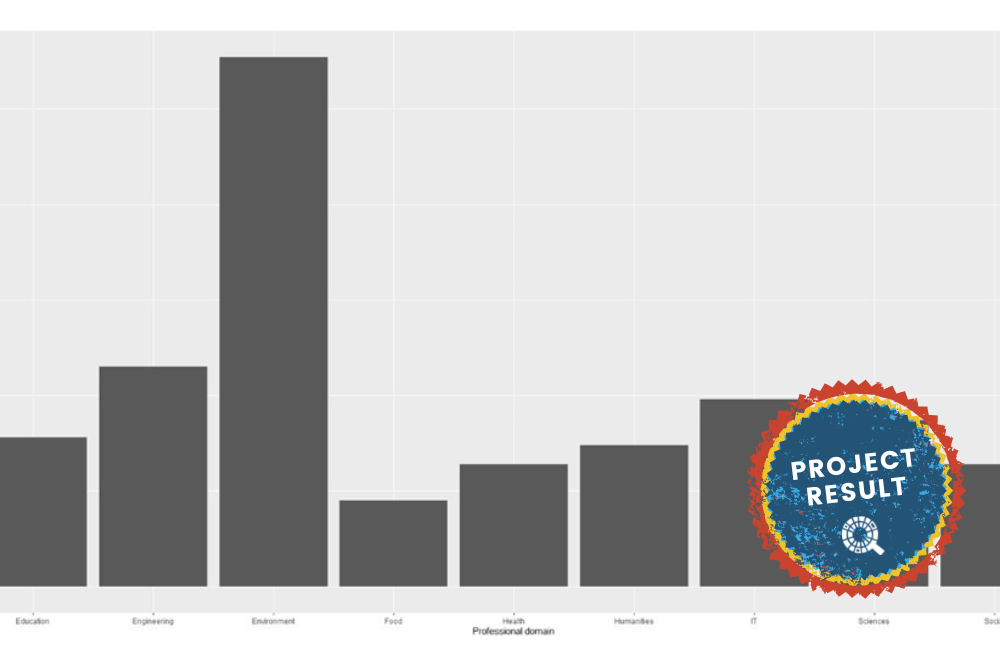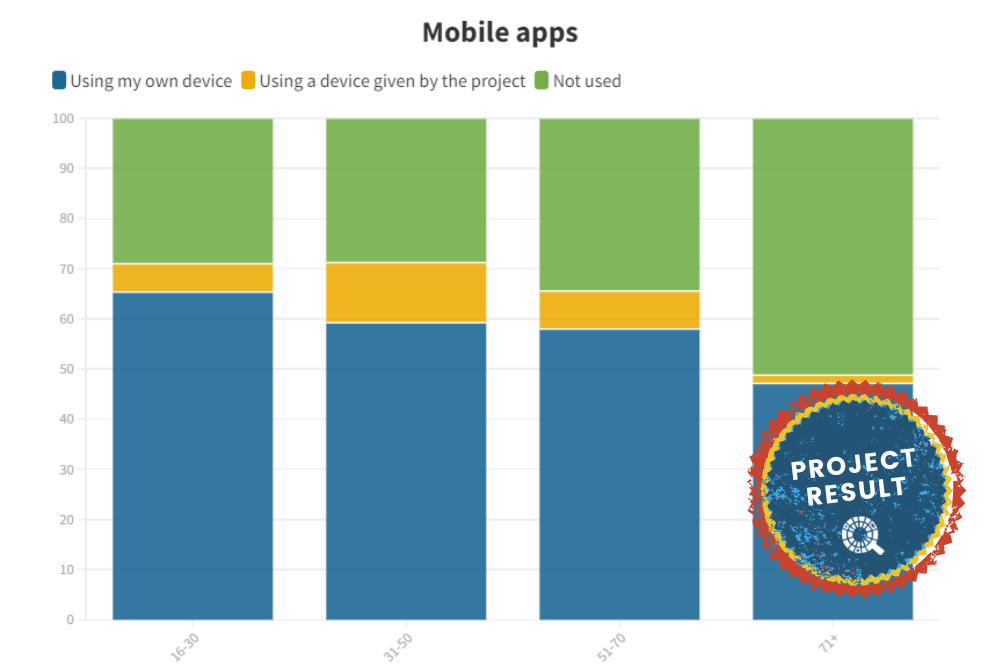Over the past 18 months, several research groups within the CS Track consortium have analysed project descriptions stored in the CS Track database from different perspectives (focusing for instance on research area, correlation with the SDG framework, educational aspects etc.). Project descriptions may, of course, be produced at various points in a project’s lifecycle and for a variety of purposes (funding applications, academic papers, conference presentations, final reports etc.), which call for different writing styles and different priorities in terms of content. The CS Track database and, accordingly, this article focuses exclusively on the kind of general, introductory project description that is typically found on CS platforms such as SciStarter or EU-Citizen.Science. What has become apparent over the course of our research is that, even within this one category, CS project descriptions are extremely heterogeneous – both in terms of format, length, and style, and regarding their contents. In the following we will summarise what we have learnt during the process and offer a set of recommendations for writing engaging project descriptions.
The good, the bad and the ugly of project descriptions
As mentioned, we found CS project descriptions posted on CS platforms to vary greatly in terms of their content, length and style. Some are so short that they hardly contain any information on the basic characteristics of the project (location, timeframe, technology used etc.), on the specific tasks to be completed by the citizen scientists, or on the skills required to perform these tasks. Other project descriptions provide lengthy and excessively technical explanations of the project’s scientific background that test the readers’ patience and are difficult to understand for non-experts. Additionally, many project descriptions fail to explain how volunteers will benefit from participating. As a result, some of these texts are not particularly well-suited to the task of sparking interest and prompting readers to join the projects they represent.
This is quite unfortunate since project descriptions are often the first point of contact between a CS project and prospective participants and thus play a crucial role in recruiting volunteers.
How to write engaging project descriptions
Having read hundreds of project descriptions from the CS Track database and observed the deficits discussed above, we concluded that it would be useful to create a set of recommendations to help project initiators present their project in the best possible light. The approach we took was to look at the matter through the eyes of a prospective participant and ask ‘what information do I need’ and ‘what kind of content would motivate me to join the project’. With these guiding questions in mind, we designed an evidence-based template for writing an engaging project description and organised a webinar to invite feedback from CS practitioners. Now we are happy to share the final version as a resource for the CS community.
A 10-step guide.
In addition to providing general advice on length, style and presentation, our template guides the reader through the process of writing a project description in ten simple steps. These ten steps are explained in very concrete terms and illustrated with text examples. The annotated template is available as a PDF download on the CS Track Zenodo page [https://zenodo.org/record/7004061#.YyAvTexBzRM].
If you have questions, comments or suggestions, or if you would like to adapt the template in some way, please do not hesitate to contact us.















